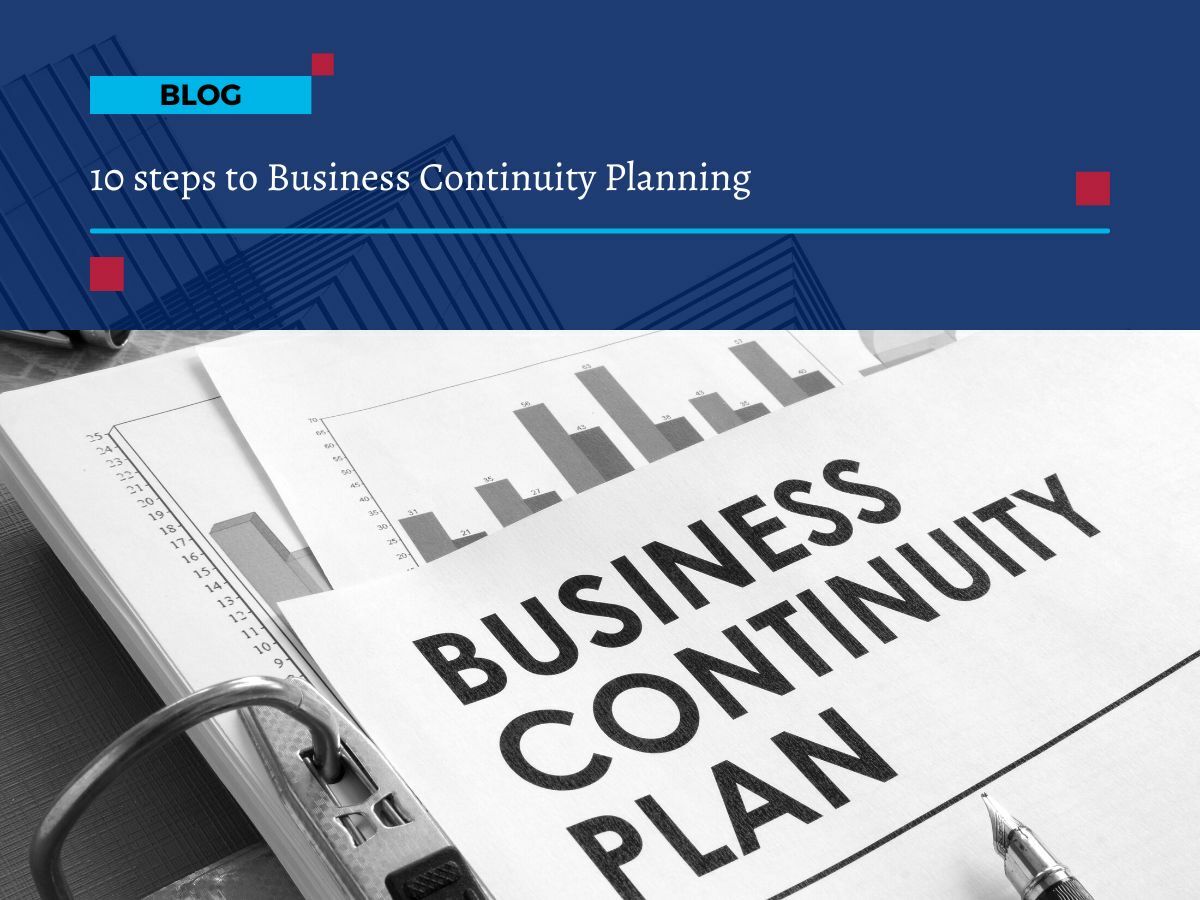12 Ways to Improve Your Business Performance
Are you looking to improve business performance and take your company to the next level?
We understand the challenges you face in today's business landscape. That's why we're here to help you maximise your business performance with 12 simple yet powerful strategies.
12 simple yet powerful strategies to maximise your business performance
1. Harness Technology
In today's world leveraging technology is crucial for improving business performance.
Evaluate your business processes and identify areas where technology can streamline operations, improve communication, and enhance efficiency.
Explore the best software applications, automation tools, and digital platforms that align with your business needs. For instance, you can implement accounting software, such as Xero, to streamline financial processes, or customer relationship management (CRM) software to improve client interactions.
By embracing technology, you'll reduce manual work, increase accuracy, and free up time for more strategic initiatives.
2. Eliminate Distractions
Time is the scarcest resource for businesses, so it's crucial to identify and eliminate distractions that hinder productivity.
Start by evaluating your daily activities and pinpoint tasks or meetings that consume excessive time without yielding significant results. Consider reducing standard meeting durations, implementing efficient communication channels, delegating non-essential tasks, and eliminating any unnecessary administrative work.
By streamlining your workflow and focusing on high-value activities, you'll make better use of your time and energy.
3. Say Goodbye to Bad Customers
While it may seem counterintuitive, holding onto unprofitable or troublesome customers can drain your resources and hinder growth.
Take a close look at your customer base and identify customers who consistently delay payments, demand excessive support, or are simply not a good fit for your business. Whenever possible, transition away from these customers and redirect your efforts towards more profitable and mutually beneficial relationships.
This allows you to concentrate on clients who appreciate your services and contribute positively to your bottom line.
4. Invest More
Now that you've freed up time and resources, it's essential to reinvest them strategically.
Consider allocating the extra time towards researching and implementing new initiatives that will enhance your business performance. Whether it's investing in employee training and development, upgrading technology infrastructure, or expanding your product/service offerings, make sure to allocate dedicated time, key personnel, and funds to support these initiatives.
By investing wisely, you'll position your business for long-term growth and success.
5. Get a Plan
A clear roadmap is essential for navigating the challenges and opportunities of running a business.
Take the time to develop a comprehensive business plan that outlines your goals, strategies, and action steps. Start by defining your business's mission, vision, and values, then identify your target market, competitive advantages, and growth opportunities. Break down your goals into actionable tasks with specific timelines and milestones.
Regularly review and update your plan to adapt to market changes and ensure you're on track to achieve your objectives.
6. Reconfigure
Surrounding yourself with the right people is critical for driving business performance.
Evaluate your team and identify individuals who may not align with your vision, show resistance to change, or fail to contribute positively to the company culture. While it may be a difficult decision, consider parting ways with these individuals to create space for growth and success.
By nurturing a team of motivated, aligned, and talented individuals, you'll foster a positive work environment and maximise productivity.
7. Focus on Value-Add
Stand out from your competitors by focusing on providing exceptional value to your customers.
Take the time to understand their needs, pain points, and desires. Tailor your products or services to address those specific needs and exceed expectations. Look for ways to go above and beyond in terms of quality, customer service, or unique features.
By consistently delivering value and making a positive impact on your customers' businesses, you'll foster loyalty, drive customer satisfaction, and generate positive word-of-mouth.
8. Be Different
Differentiation is key to attracting the right clients and employees who align with your business goals.
Identify your unique selling proposition and leverage it to position your business as a desirable choice in the market. Assess your strengths, specialised expertise, or exceptional customer service that sets you apart from competitors. Showcase your unique qualities in your marketing.
By emphasising what makes you different, you'll attract ambitious, growing, and engaged clients who appreciate the value you offer.
9. Deploy Strategic Marketing
Developing a well-defined marketing plan is essential for expanding your reach and increasing market penetration.
Allocate a percentage of your budget specifically for marketing efforts. Leverage a mix of traditional and digital marketing strategies to amplify your brand presence.
By strategically deploying marketing tactics, you'll generate brand awareness, attract new leads, and ultimately drive business growth.
10. Ask for Referrals
Word-of-mouth referrals remain one of the most powerful and cost-effective ways to acquire new customers.
Actively seek out referral relationships and develop partnerships with complementary businesses or industry influencers who can recommend your products or services. Encourage your satisfied customers to refer their friends, colleagues, or business associates to your company. Implement a referral program that rewards customers for successful referrals.
By leveraging the power of referrals, you'll tap into a network of quality leads who are more likely to convert into long-term, high-value customers.
11. Keep on Top of the Numbers
Monitoring your business's financial health and performance is crucial for making informed decisions and ensuring long-term sustainability.
It's essential to have accurate and up-to-date information on your cash flow, revenue, expenses, and profitability. Regularly review financial statements, such as profit and loss statements, balance sheets, and cash flow statements, to gain insights into your business's financial position. Additionally, identify key performance indicators (KPIs) specific to your industry and business goals. These metrics may include revenue growth, gross profit margin, customer acquisition cost, or inventory turnover.
By tracking these metrics consistently, you'll have a clear understanding of your business's financial performance, identify emerging trends, and make data-driven decisions to optimise your operations.
12. Take a Break
As a business owner, it's easy to get caught up in the day-to-day demands and responsibilities. However, it's essential to recognise the value of taking breaks and having time away from your business.
Stepping away allows you to recharge, gain a fresh perspective, and come back with renewed enthusiasm and inspiration. This break can help alleviate stress, prevent burnout, and foster creativity. When you return to your business, you'll have a clearer mindset, improved decision-making abilities, and the energy to propel your business forward.
Prioritise self-care and ensure you schedule regular breaks to maintain your well-being and maximise your long-term productivity.
A holistic approach to improve business performance
Remember, running a successful business requires a holistic approach that encompasses financial management, strategic decision-making, and personal well-being.
By incorporating these 12 tips into your business practices, you'll further enhance your business performance and create a sustainable foundation for growth.
At First Class Accounts Ovens and Murray and Busy01 Consulting, we're here to help you improve business performance. Our expert services in bookkeeping, payroll, app integration, forecasting, and more can streamline your operations.
Let's maximise your success together. Contact us today.









